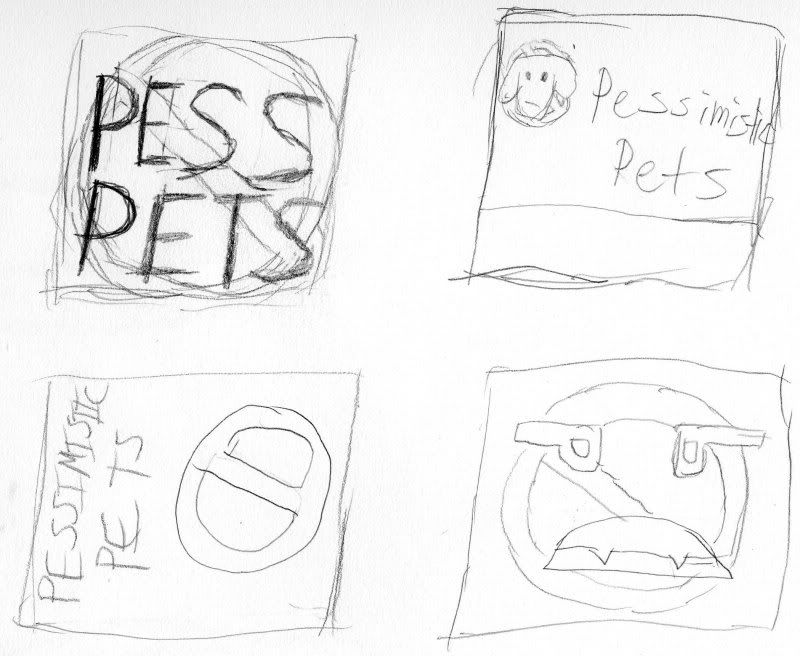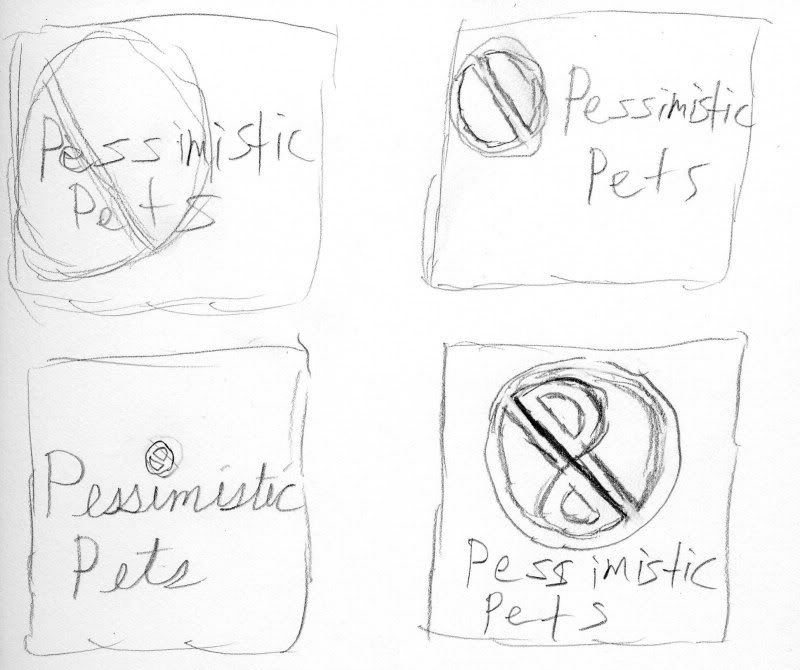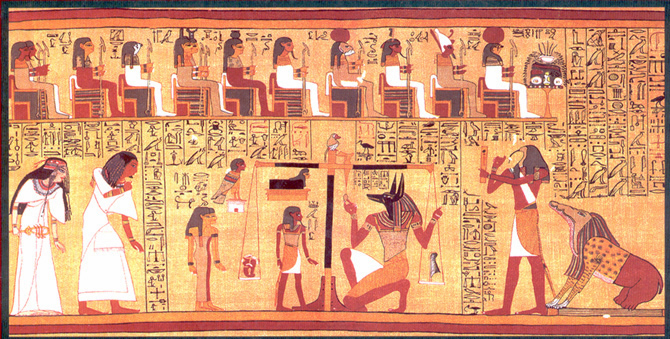Typeface was a film that really made me see a whole new light to the world of graphic design. While I really enjoy using the computer software that we have now a days, I really got a rather sad feeling after seeing that the method of these old factories are no longer used.
While the Adobe programs are rather useful, I do have to agree that the old style created a more beautiful style to the designs. There was just something about the way of using wood block letters and ink that gave it a special feeling that something made on a computer couldn't do. The designs showed more of the work that was put into it where as ones that were printed from a computer looked kind of flat and manufactured.
I really in particular liked the interview they had with the woman that actually carved the letters into the blocks. She makes it look so easy, but I'm sure it took at least quite a few years to learn how to do it. It's sort of sad that, taken from what she said, females really weren't highly accepted into working in that sort of place since back when she was younger, it was most likely a time where females really didn't even need to get jobs since they would stay home and do the chores and such.
Though, despite how well their work may have paid off, I do agree with what that one guy said. I'm sure it is a hassle to have to clean and organize everything after it's been used. They had so many different letters, numbers and symbols in different typefaces and I'm sure a lot of them were used in one day, so it must've been kind of a nuisance to get it all back into place. Although, I guess it depends. They showed that there was only one person that cleaned up at the end of the day, but I imagine if all the workers had put away their things, it wouldn't be too bad.
I'd also like to note that this old method of printing is sort of a dying art, as one would say. It's as the the female student said, once those people that worked at the company are gone, the information and knowledge will be lost as well. I mean, with the place becoming a museum, it's true that they can describe what the machines did, but in the end, after several decades have gone by, the knowledge could very well be lost forever and might never be used again in the long future.
This however seems to be the case for a lot of things in history. Just take for instance the old architectures built in the times of the Roman Empire. Sure, the people of today could try and duplicate the structure, but it wouldn't be the same as the original. Even today, as we use the technology that we do, it won't be around forever. In time, humans will create something that's 'better' because it's more convenient and faster.
In any case, I'm glad they changed it into a museum. It would be really interesting to go up to Wisconsin and check it out sometime. It seems like the place as mainly become a place for tourists anyway what with the way they kept advertising their ice cream. So, I'm sure they'd probably appreciate some people going down there and checking things out.
It's kind of a shame though that the person who was in charge of the museum quit and left it in charge with another guy. I hope he does a good job with it. Though, I guess there's really not much to worry about. I would think a counsil of people wouldn't hire a person unless they had the right qualifications and they knew the person would hopefully take good care of the place.











